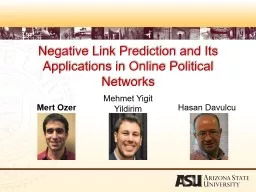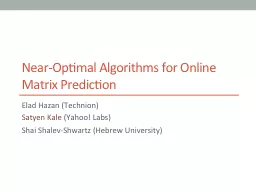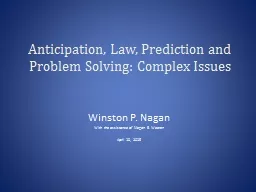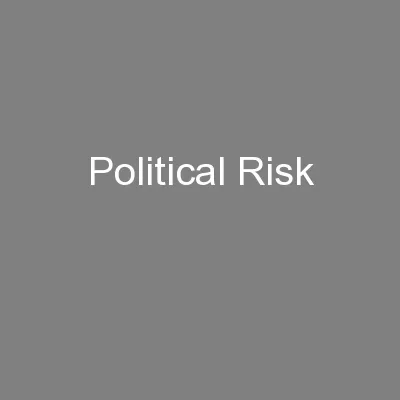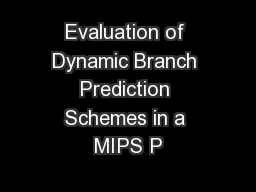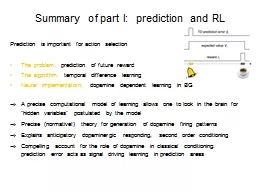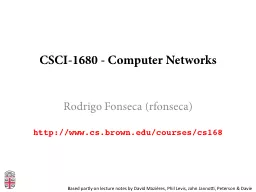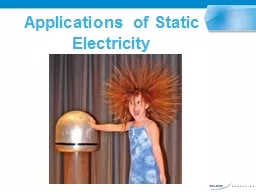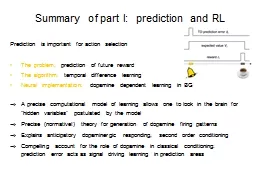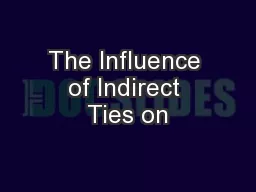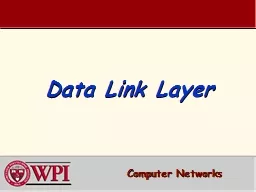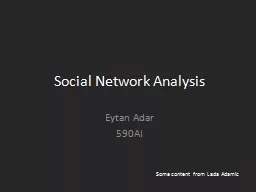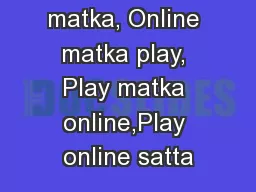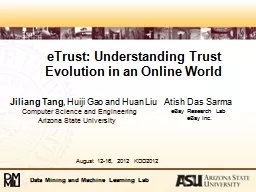PPT-Negative Link Prediction and Its Applications in Online Political Networks
Author : trish-goza | Published Date : 2018-02-06
Mert Ozer Mehmet Yigit Yildirim Hasan Davulcu Politics amp Social Media Politics amp Social Media Politics amp Social Media Politics amp Social Media Politics
Presentation Embed Code
Download Presentation
Download Presentation The PPT/PDF document "Negative Link Prediction and Its Applica..." is the property of its rightful owner. Permission is granted to download and print the materials on this website for personal, non-commercial use only, and to display it on your personal computer provided you do not modify the materials and that you retain all copyright notices contained in the materials. By downloading content from our website, you accept the terms of this agreement.
Negative Link Prediction and Its Applications in Online Political Networks: Transcript
Download Rules Of Document
"Negative Link Prediction and Its Applications in Online Political Networks"The content belongs to its owner. You may download and print it for personal use, without modification, and keep all copyright notices. By downloading, you agree to these terms.
Related Documents

